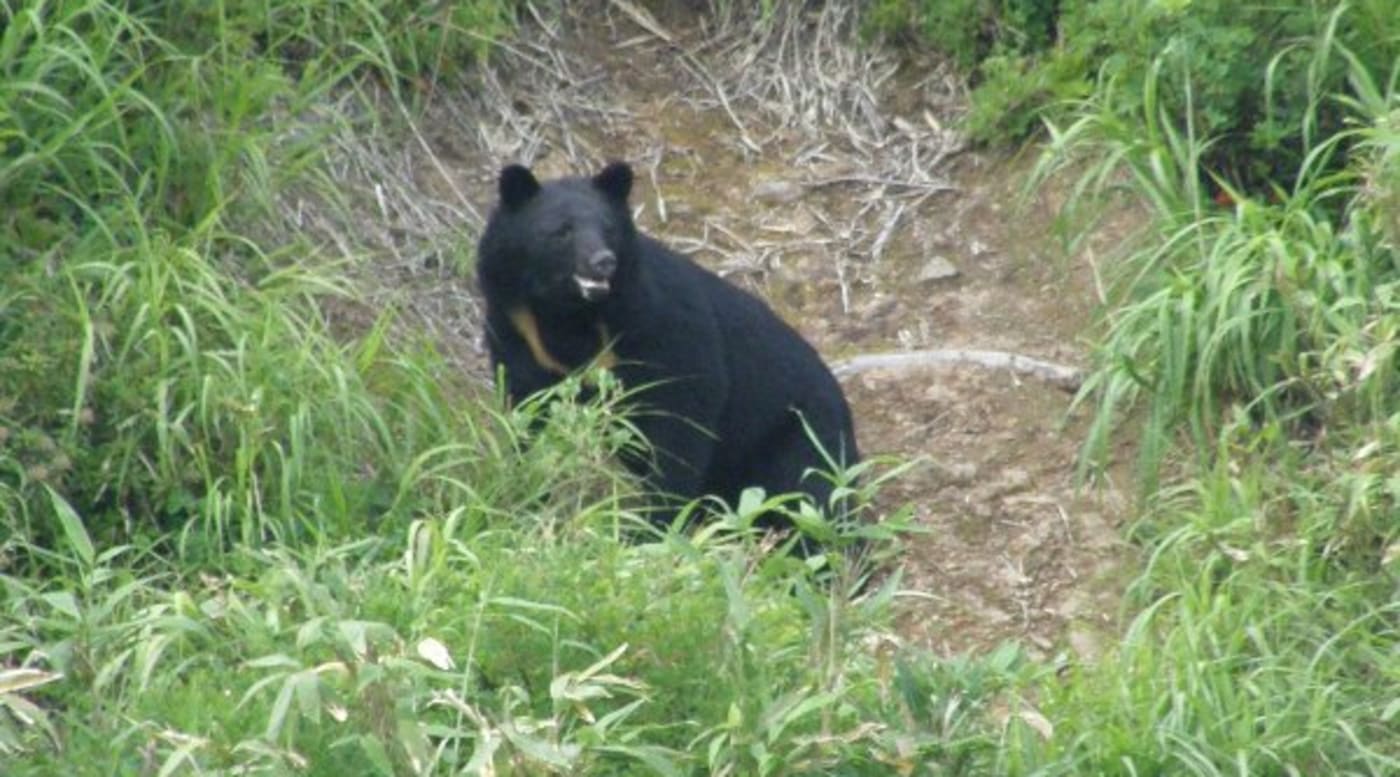Bandai-Asahi National Park encompasses volcanoes, wetlands and virgin sub-alpine coniferous forests. Red pine and Japanese alder populate the Urabandai area, a primeval Japanese beech forest covers the foothills of the Iide mountain range, and Maries fir trees line the slopes of Mount Nishi-Azuma. Marshes and wetlands around the park are graced with flowers such as daylilies and the fragrant maiden lily.
The park's lush forests and wetlands shelter a variety of mammals as well, such as Asiatic black bears and Japanese serows, as well as golden eagles and peregrine falcons.



